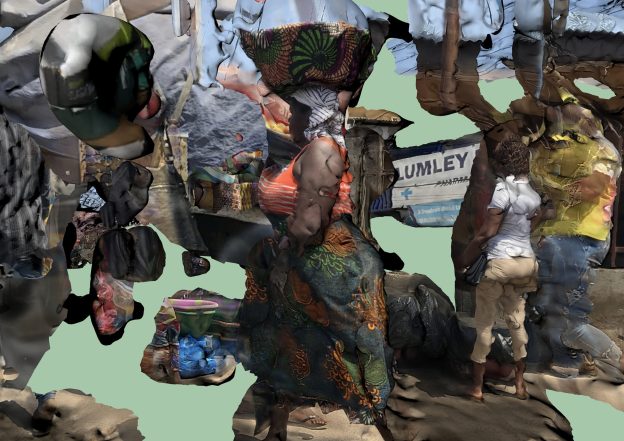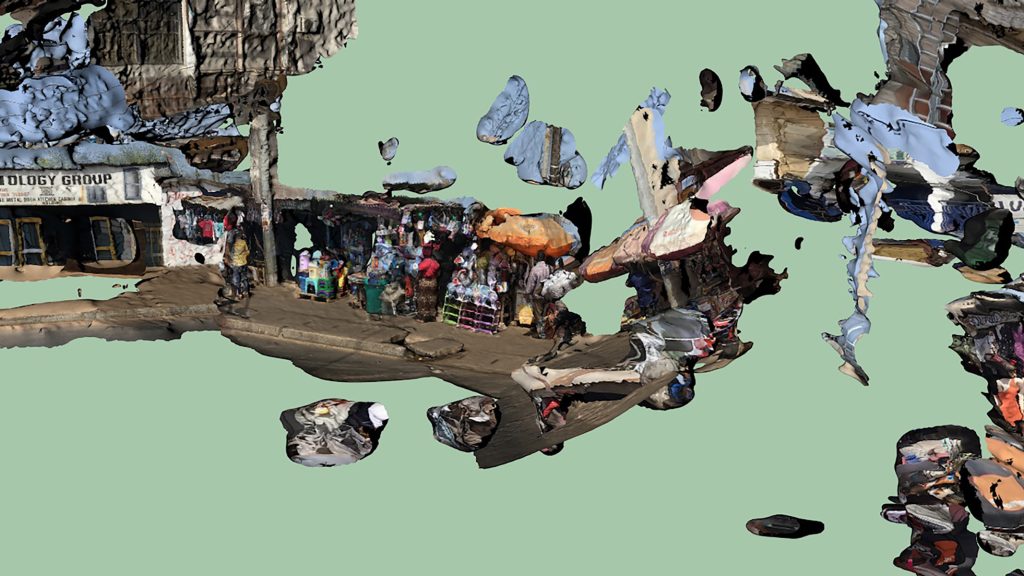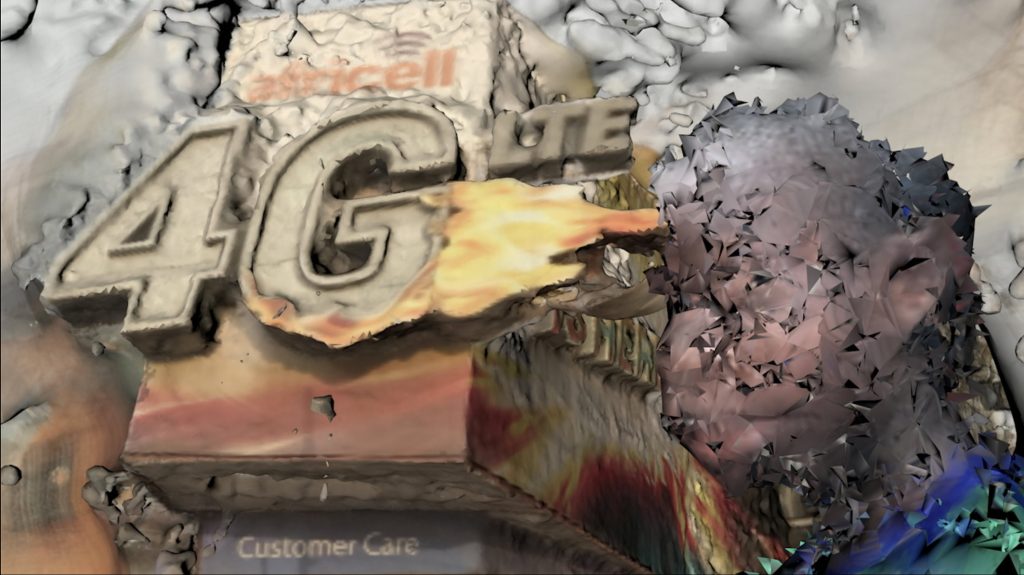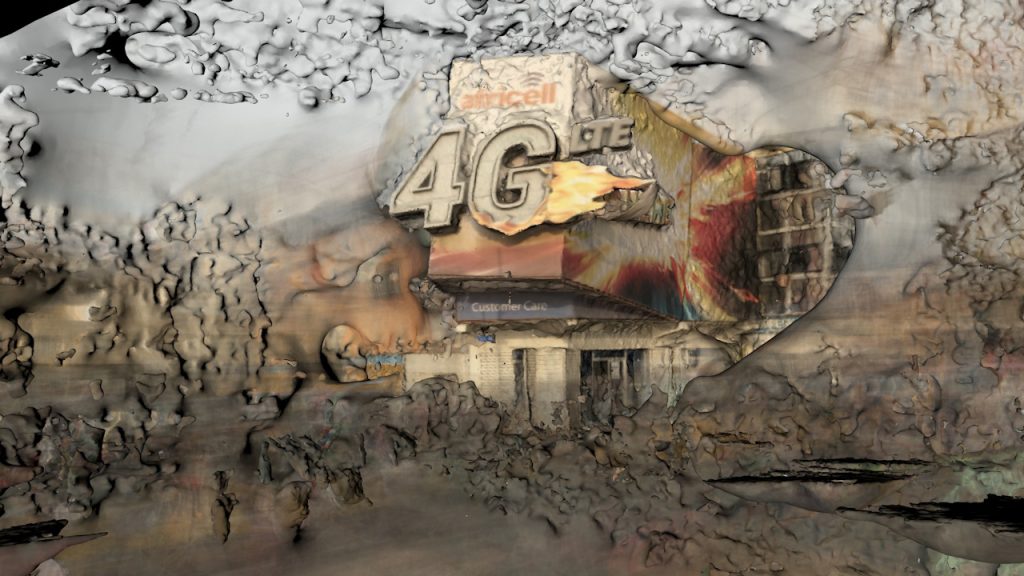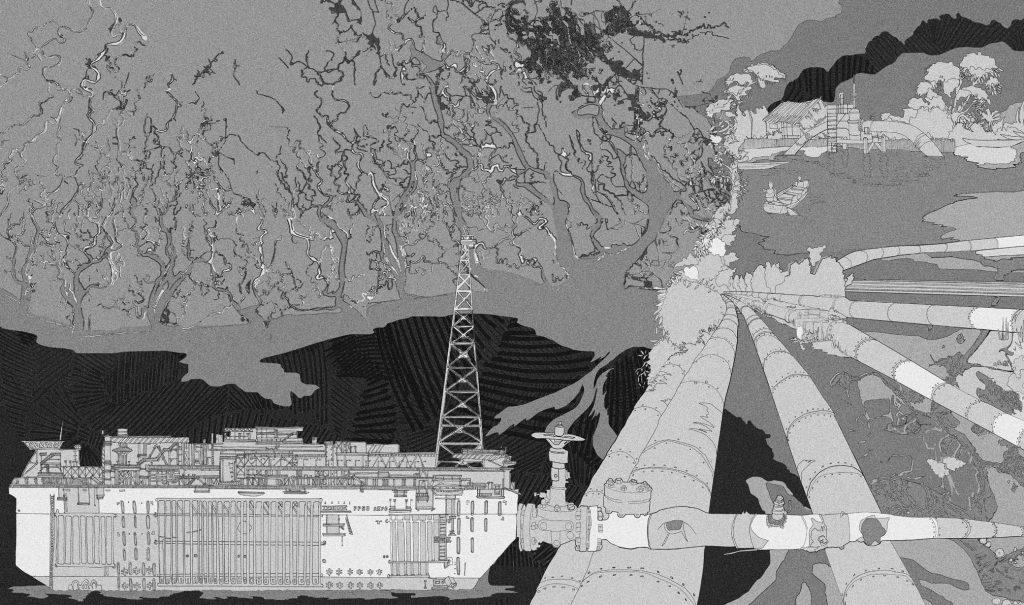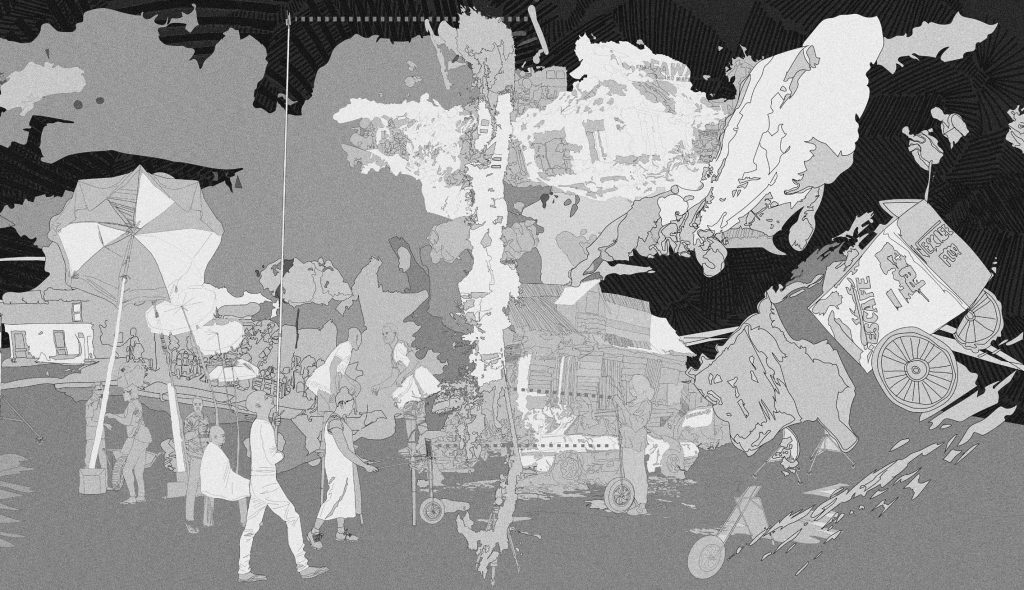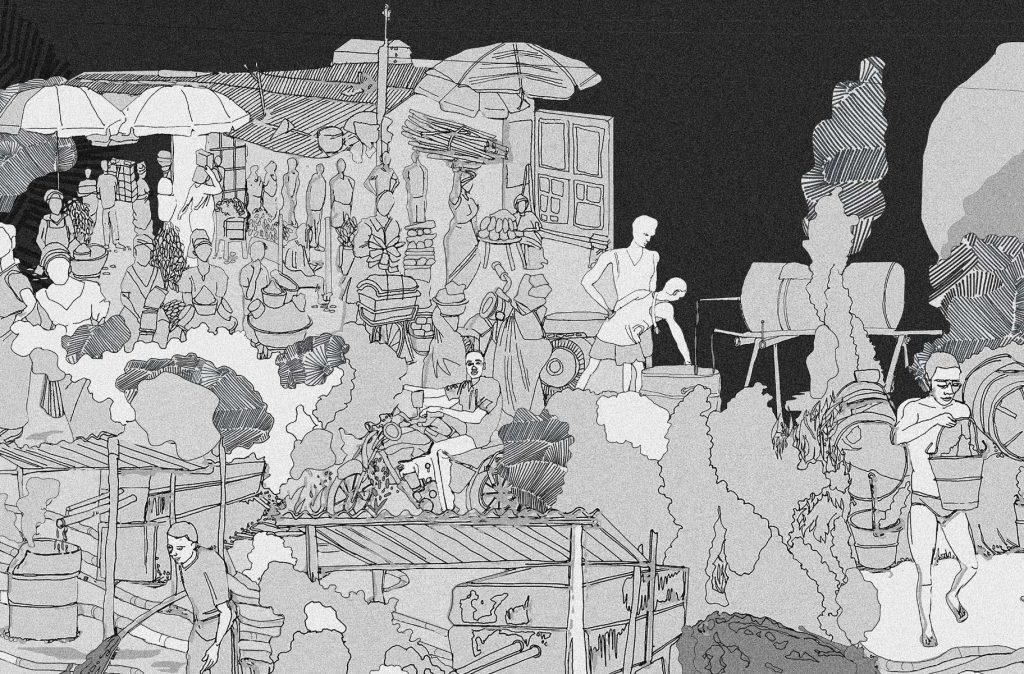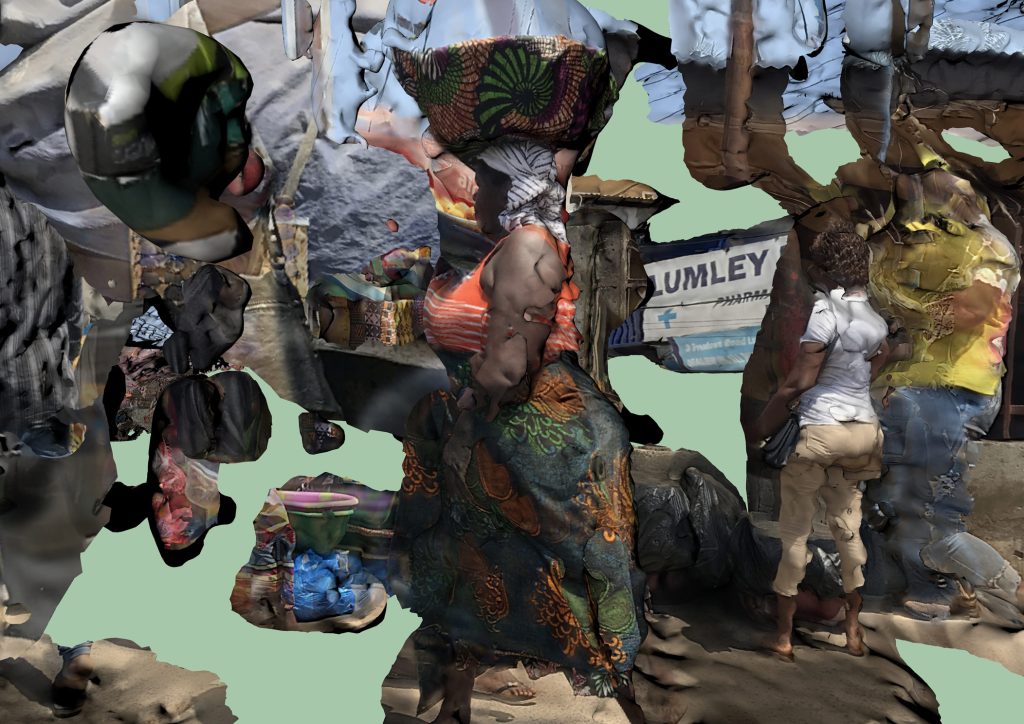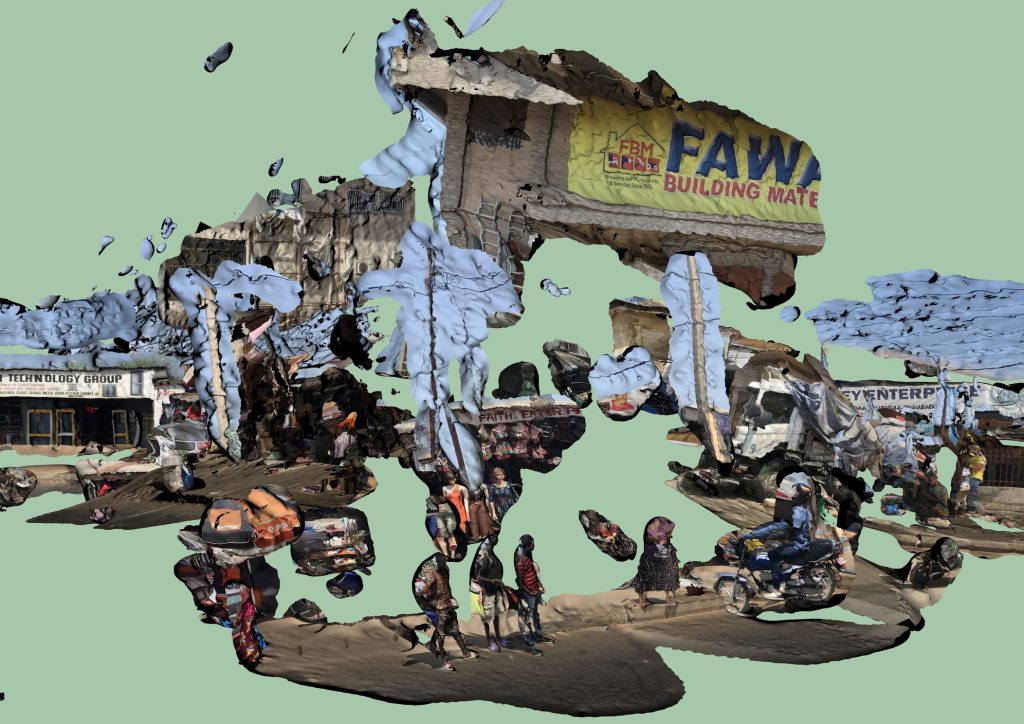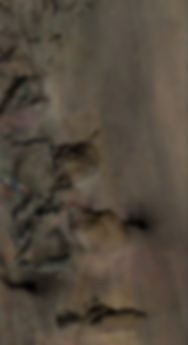with images from DATA: THE NEW BLACK GOLD
by IBIYE CAMP
Before we finalized the concept and term for Issue 010: JUDGE, it was the word scaffold that we rolled around on our tongues. Tossing it back and forth across this screened-life—this wireless & personal-hotspotted life—we tested scaffold‘s immovable coldness in our hot mouths. We tried to find a way to integrate it, tried to masticate scaffold’s taut sinews, tried to wrestle its struts and joists—joists made for the latest commuter condominium complex, struts made for beheadings. We tried to scaffold our ruminations on insidious ideological apparatuses, on disciplining by globalized systems of control.
But in the end, the inhuman rigidity of the scaffold proved to lack the fleshy reality of life, embodied. And so it was to judge that we acquiesced, for the material consequences of judgement. For the embodied person the term denotes; for the heavy finality of the word itself—its resonance in the chest when spoken as it pries the lips apart and forces the teeth together in a fleeting snarl. The judge forced our decision: arbiter of punishment, in the body of the judge the weight of The Law rests heavy—until that moment when its weight is suddenly foisted upon the rest of us, the delinquents, the accused, the condemned.
These metaphoric, embodied, and associative elements of the term judge emerge and unfurl in the work of the writers and artists collected in Issue 010. Featured here is work that is similarly embodied, recalcitrant, and transforming or transcendent. This is work laden with the weight of the scaffold, work heavy with the burden of those armatures imposed on human life. But it is work too that lays and maps riotous and restive trails winding through the middle of any imposed scaffold, or its judges’ reprimands and commands. That is, in the work featured here it is not the scaffold and it’s judge that guides us, but rather, the riotous and restive trails of the laughing critic, the pretend citizen, the reveling accomplice, the CGI philosopher, the artist-child, the rebel patient, the immobile pilgrim, the transcendent avatar, the dancing host, the monster-slayer.
– Anne Marie Wirth Cauchon
THE NEW BLACK GOLD
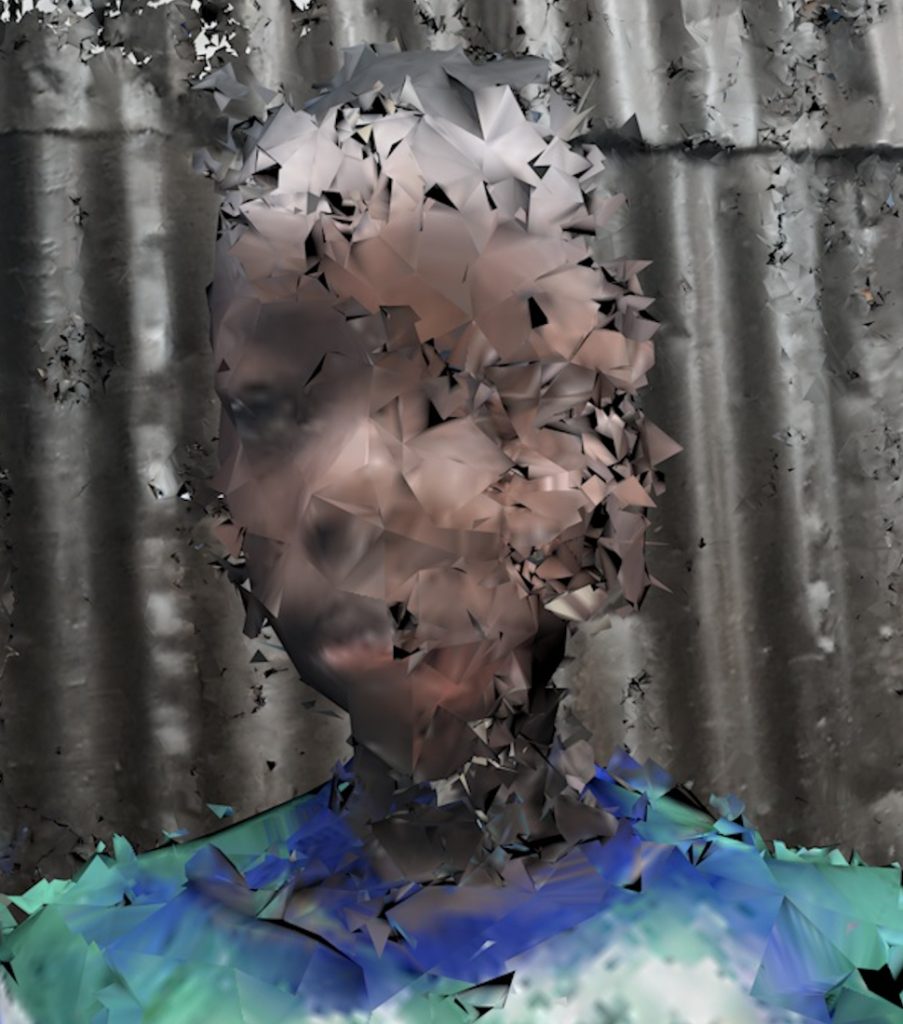
The Submarine Cable System connects Africa to the rest of the world, via Europe. Today there are six individual cable systems off the coast of West Africa. One is called MainOne. It travels from Amsterdam, through London, and then to a landing point in Lagos, which is the current largest data economy of West Africa. Data has become the world’s most valuable resource. A century ago, the most valuable resource was oil. Crude oil was deemed Nigeria’s “Black Gold.” The first discovery of oil in the Niger Delta was made by the British-Dutch petroleum company, Shell, in 1956. Multinational corporations have laid unprotected oil pipelines across the landscape of the Niger Delta, without regard for the property of citizens. This is a testament to the lack of investment in measures to protect and secure this infrastructure, which has led to spills and explosions that have contaminated the land and rivers.
A process named “Oil Bunkering,” the hacking of oil pipelines for the purposes of capturing oil, is carried out by the Niger Avengers, a group formed by neighboring villages. The Niger Avengers run oil refineries and collect oil in dugout canoes traveling through the delta. A medium-sized refinery has twenty to thirty people working and living on site. It is approximately two or three acres and produces up to ten thousand liters of oil a day. This informal refinery adds to the violence and contamination to the landscape. The military closed down refineries in a show of power, but most refinery productions relocated and started again. Oil companies, government, and local communities all blame each other for the cycle of violence.
Today, Lagos is the leading city in Nigeria’s digital revolution and home to all nine data centers situated in the country. Foreign investment within the past twenty years, predominantly from China for tech infrastructure, has increased as a result of multiple Mega City Developments which are run off privatized power. One Mega City is Lekki. It has areas allocated for a Free Trade Zone. MainOne Data Center is located in Lekki. It advertises that it has 99.99% power uptime and is equipped with a secondary power source in the form of a redundant configuration, which includes multiple diesel tanks with capacities of over 100,000 liters.
MainOne was reported to have leaked Google customers’ Cloudflare IP routes to a Chinese telecom company. The companies declared the leak as an “Ugly Mistake,” although the telecommunications provider is known for corporate surveillance and recent cases of traffic diversion. The Nigerian government does not hold major corporations accountable for their oil and data leaks—however, similar actions of citizens are automatically deemed vandalism and criminal. This imbalance exacerbates the gap between international companies and the local population.
Data: The New Black Gold explores how citizens could take ownership of the data generated from their cities during this time of technological investments and developments from overseas. The project highlights the biases, conflicts of data consumption, and the tensions between government, private corporations, and citizens. Using data from devices situated around Lagos, an imperfect digital city is built that opposes Western architectural ideals of modeling. The film Data: the New Black Gold shows the imperfect city and explores the biases and conflicts of digital and technological infrastructures in West Africa. The data is collected with informal mobile tools which I have called “Area Snap.” The Area Snap devices collect data at three view points:
1. Ground view—Luk-grnod-man omolanke (meaning “detective wheelbarrow” in Krio)
2. Eye view—Waka turnturn (meaning “walking and spinning” in Krio)
3. Bird-eye view—Airforce 1 (meaning “flying witch” in Nigerian-pidgin)
The glitches and voids illustrate the tension of technology with citizens in contrasting territories.
– Ibiye Camp
ANNE MARIE WIRTH CAUCHON editor
Anne Marie Wirth Cauchon is Editor-in-Chief of Stillpoint Magazine, and Creative Director of the PrairieCare Institute’s Center for Applied Psychoanalysis, the mother of two, a PhD candidate in English and Comparative Literature at the University of Minnesota, and the author of the novel Nothing.
IBIYE CAMP artist
Ibiye Camp is an artist whose work engages with technology, trade, and material within the African Diaspora. Ibiye’s work utilizes architectural tools to create sound and video, accompanied by augmented reality and 3D objects, and highlights the biases and conflicts inherent to technology and postcolonial subjects.
Ibiye tutors at the Royal College of Art, London, with architectural design studio ADS2, titled “Black Horizons: Worlding within the Ruins of Racial Capitalism.”
Ibiye co-founded Xcessive Aesthetics, an interdisciplinary design collective exploring data through immersive technologies and public installations.
© Copyright for all texts published in Stillpoint Magazine are held by the authors thereof, and for all visual artworks by the visual artists thereof, effective from the year of publication. Stillpoint Magazine holds copyright to all additional images, branding, design and supplementary texts across stillpointmag.org as well as in additional social media profiles, digital platforms and print materials. All rights reserved.
